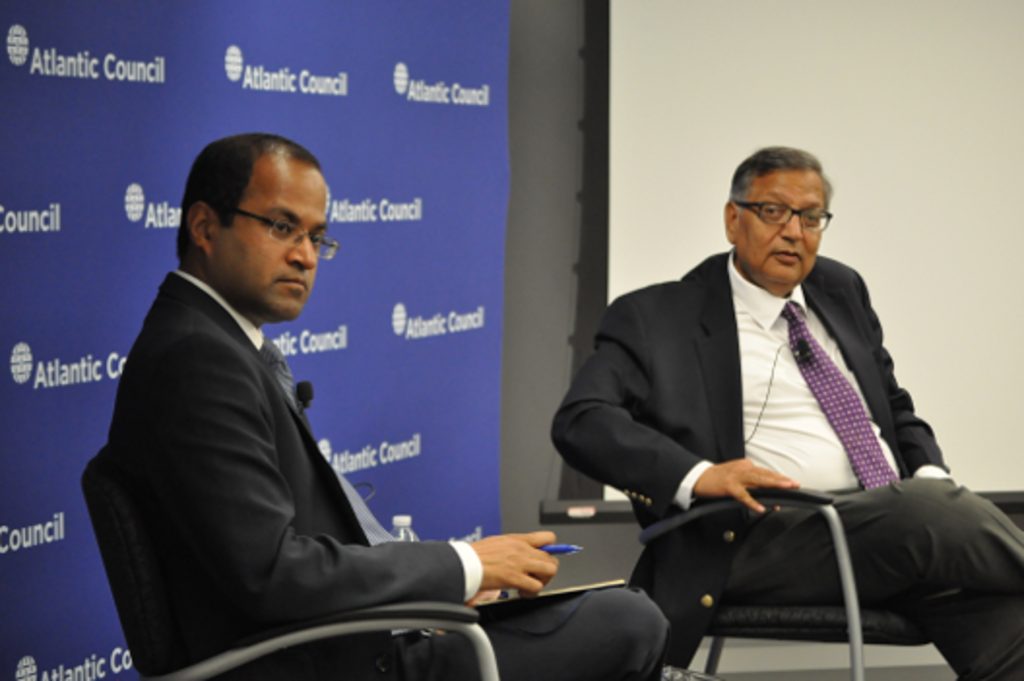On June 23, Brigadier (ret’d) Arun Sahgal spoke to the Atlantic Council about the principles shaping India’s nuclear command and control structure. Now serving as the director of the Forum for Strategic Initiative, Sahgal does not represent the official Indian position, but spoke from over 36 years of experience in the Indian Army. He focused on two key aspects of India’s nuclear policy. Firstly, India’s first use policy is “written in cement.” He reasserted India’s commonly held position of credible minimum deterrence (CMD), which in the Indian context implies a capability to inflict damage upon the adversary in any scenario with an adequate nuclear arsenal. This position takes into account India’s own capacity to withstand a first strike while maintaining retaliatory capability. Contrary to common perceptions, CMD is not ‘country-centric” but “threat-centric.”
Another key to India’s structure is command and control authority remains completely under civilian control. Military and civilian authorities often operate in silos, but India established the Cabinet Committee on Security (CCS) – an “apex body responsible for all matters concerning national security. The National Security Council operates parallel to the CCS, providing national security management and guidance for higher direction of war, while the CCS provides political guidance. Sahgal distinguished India from Pakistan, stating Pakistan’s command and control structure is military-centric with extensive military oversight. Within India’s program you will find “few uniforms and mostly civilians” contrary to Pakistan stated Sahgal. He added, “Political leadership is necessary to engage, not the military. Pakistan needs to come out of the shadows. The control levels are not with political leadership in Pakistan.”
The authority to release nuclear weapons for use resides in the Prime Minister of India, and the Strategic Forces Command is solely responsible for executing these nuclear decisions. The SFC exercises control over the country’s nuclear assets, ensures operational readiness, and deploys on orders.
Sahgal reiterated that India does “not want to get into a free for all nuclear exchange.” The core of India’s nuclear command and control is credibility (of retaliation), effectiveness (of deterrence), and survivability (against first strikes.) Meanwhile, safety and security remain important pieces of India’s program. India takes all measures to ensure weapons are safe, secure, and under positive control at all times.
